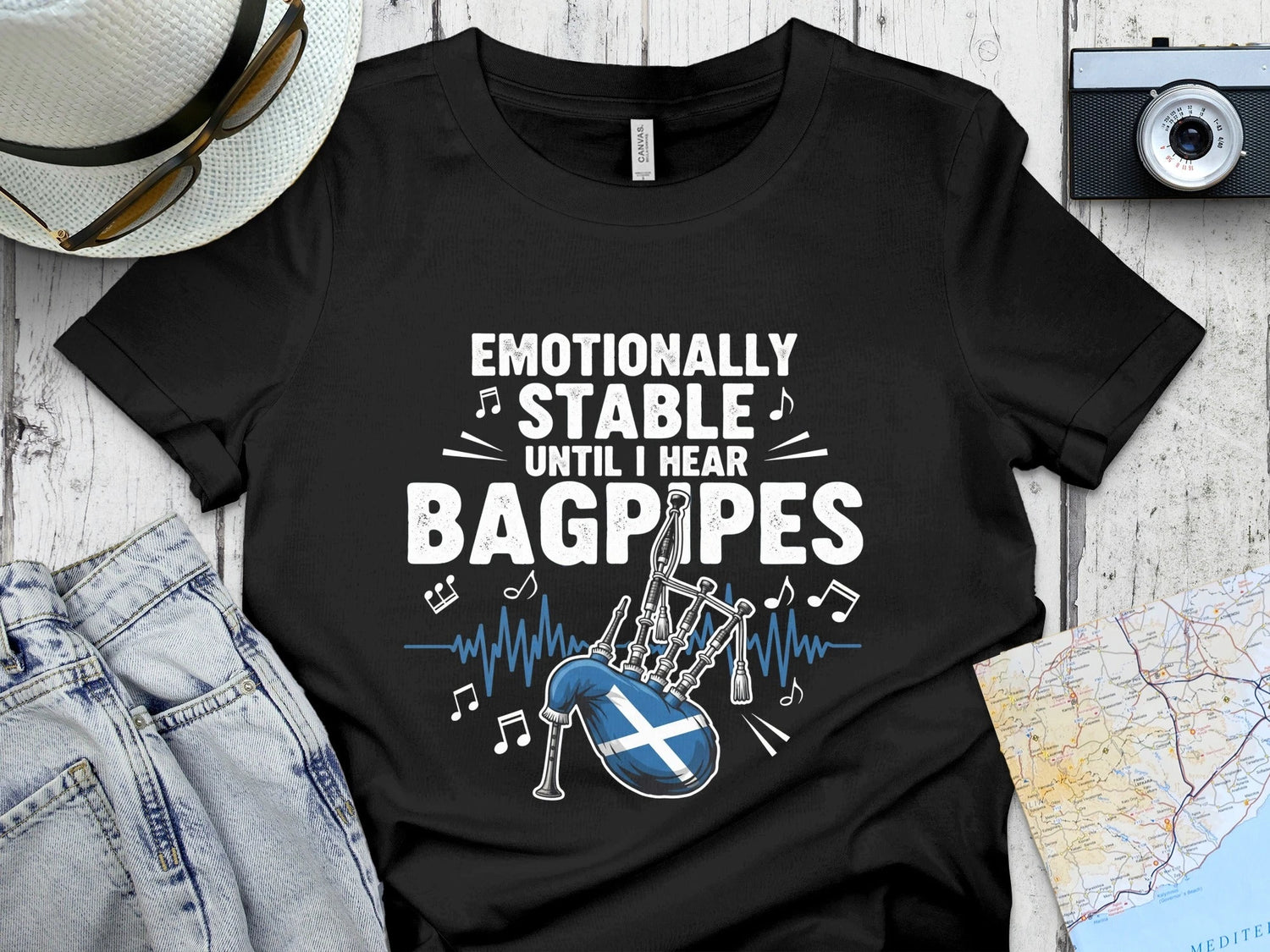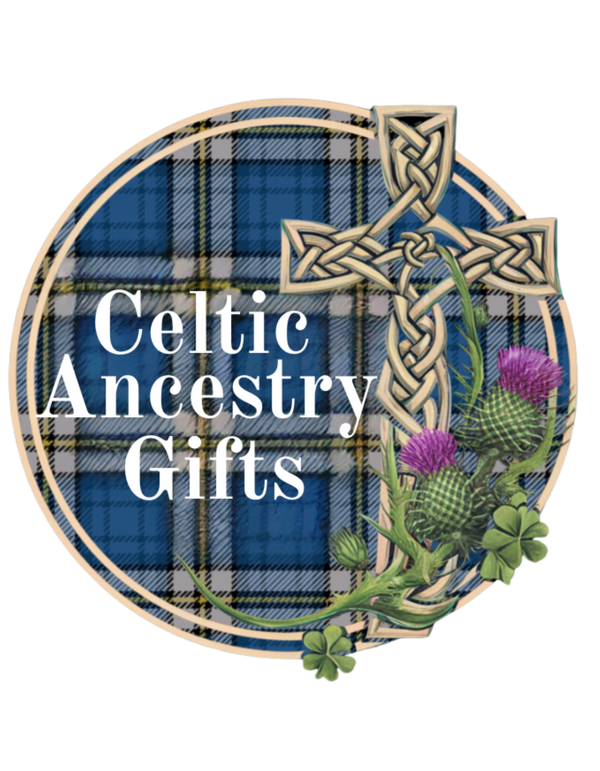
The Burt Name — A Bright Thread in Ireland’s Tapestr
Share
1️⃣ Introduction: The Light in the Name
Among the many names that echo through Ireland’s green hills and mist-wrapped glens, the surname Burt holds a quiet but enduring charm. It is a name of brightness — of steady radiance and timeless endurance. Those who bear it today may trace their lineage through both English and Irish soil, for Burt bridges the worlds of Norman settlers, Gaelic adoption, and Ulster heartlands.
To carry the name Burt is to carry a story of “brightness” — not only in its linguistic root, but in the spirit of resilience and enterprise that characterises those who bore it through centuries of change. It is a name found in parish records, on castle stones, and across the ocean, carried by emigrants seeking new beginnings while holding fast to old pride.
This is the story of the Burt surname — a tale of origin, adaptation, and belonging within the Irish and British Isles, with a particular focus on its Ulster home.
2️⃣ History & Origins of the Burt Name
Old English Beginnings
The name Burt is ancient, reaching back to early medieval England. Its root lies in the Old English and Old High German element berht or beorht, meaning “bright,” “illustrious,” or “shining.” It was often used as a component in given names such as Berhtwald (“bright ruler”) or Beorhtwine (“bright friend”). Over time, the short form Burt emerged as a standalone name or nickname for those of distinguished bearing or spirited character.
By the 1200s, surnames were becoming hereditary across England, and Burt began to appear in records as a family name. Early examples include William Burt and Hamo Burt in Norfolk and Somerset, regions where the name would remain common for generations. The simplicity of its sound and clarity of meaning helped the name endure — a succinct, confident surname tied to light and distinction.
The Norman Influence
With the Norman Conquest of 1066, many Anglo-Saxon and Norman names intertwined. The Normans themselves carried Germanic roots — the element berht was equally common in Frankish and Norman given names such as Bertrand or Herbert. Thus, Burt found parallel development under both Anglo-Saxon and Norman influence, which helps explain why the name flourished on both sides of the social spectrum: among peasants, freemen, and minor nobility alike.
The Name in Ireland
In Ireland, the surname Burt arrived primarily through English and Scottish settlers during the late medieval and early modern periods. It is found most prominently in the province of Ulster, especially in County Derry and County Donegal, where English and Scottish families established roots from the 16th century onward.
Interestingly, there is also a parish named Burt in County Donegal — a place of great historical importance. While the parish name and the surname are not directly connected in origin, over time, some bearers of the name were associated with this region, leading to a strong Irish geographic identity for the Burt family.
In Irish linguistic adaptation, Burt was occasionally used as an anglicization of other Gaelic surnames, though these cases were relatively rare. The most consistent evidence suggests that Burt families in Ireland were of English or Scottish descent who gradually became part of Irish society — Irish in heart and culture, if not in original tongue.
3️⃣ Spelling Variations & Related Names
Before spelling was standardized, names shifted in form depending on region and scribe. The surname Burt appears in several variations across historical documents, including:
-
Birt
-
Burte
-
Byrt
-
Burd
-
Bert
In Scotland and Ireland, some families recorded as Birt or Byrt are in fact branches of the same lineage. The variation Burd occasionally occurs in old parish records, likely reflecting local pronunciation rather than a distinct name.
Burt also shares linguistic kinship with surnames derived from berht, such as Bright, Bird, and Berth, all of which share the common meaning of “brightness” or “radiance.”
In some parts of Ireland, particularly in Ulster, there is occasional confusion with the surname Brett, though the two names have separate origins. Nevertheless, centuries of intermarriage and migration within the British Isles often blurred these distinctions.
For genealogical research, it is always wise to trace both Burt and Birt spellings when searching old records, as families frequently alternated between them depending on who held the parish pen.
4️⃣ Landmarks & Regions Associated with the Name
The Parish of Burt, County Donegal
Few places in Ireland resonate as strongly with the Burt name as the parish of Burt in County Donegal. Nestled between Letterkenny and Derry, this historic area lies in the fertile lands of Inishowen, near the shimmering waters of Lough Swilly. The parish’s Irish name, An Bheart, possibly derives from an ancient word relating to a slope or enclosure.
At its heart stands the Grianán of Aileach, a majestic stone fort dating to around 1700 BC, once the seat of the northern Uí Néill dynasty. From its circular walls, one can gaze across the counties of Donegal, Derry, and Tyrone — a sweeping panorama that has watched over the land for millennia.
It is said that the fort’s stones whisper of both kings and commoners, and for those bearing the name Burt, standing there connects them to a lineage of guardianship and endurance. The parish, with its green fields and ancient fortifications, may not be the birthplace of the name, but it has become its spiritual home in Ireland.
Burt Castle
Just a short distance from the parish lies Burt Castle, a 16th-century stronghold once belonging to the O’Doherty clan. Its tall ruin still stands, guarding the lowlands near Newtowncunningham. The castle played a significant role in the turbulent years of Gaelic resistance — notably during Sir Cahir O’Doherty’s rebellion in 1608.
Although the Burt surname is not directly tied to the O’Dohertys, the castle itself represents the blending of Irish and Anglo-Scottish influences that marked the region. In time, English and Scottish settlers came to live near these lands, bringing with them surnames like Burt that would take root in Ulster’s soil.
English and Scottish Strongholds
Beyond Ireland, the name Burt has strong associations with southern England — particularly in Devon, Somerset, and Norfolk — and eastern Scotland, including Fife and Angus. The spread of the name across these regions reflects both medieval movement and the later Plantation of Ulster, during which Scottish settlers (many from Fife and Ayrshire) arrived in northern Ireland.
For descendants tracing their family tree, this cross-channel connection is often where English and Irish lineages meet — in the mists of Ulster’s plantations, when surnames like Burt crossed seas and found new homes.
5️⃣ Migration & the Modern-Day Presence of the Burt Family
From Ulster to the World
By the 1700s and 1800s, Ireland entered centuries of hardship and upheaval. Many Ulster families — whether of Gaelic, Scottish, or English descent — sought opportunities abroad. Members of the Burt family were among them. Passenger records show Burts emigrating to North America, Australia, and Canada throughout the 18th and 19th centuries.
In North America, early settlers named Burt established themselves in Massachusetts, Virginia, and later in the Canadian Maritimes. These families often blended Irish, Scottish, and English traditions, creating the uniquely hybrid heritage that defines so much of the Irish diaspora.
The Name Today
Today, the Burt surname is found across the globe. In Ireland, it remains most common in Ulster, especially in County Derry and County Donegal. In Scotland and England, it continues to flourish, with particular density in Devon and Fife.
Beyond the British Isles, Burt families have long established communities in the United States, Canada, Australia, and New Zealand. Some lines trace their ancestry to 17th-century colonists; others to 19th-century famine emigrants.
For descendants of the name, genealogy offers both challenge and reward — for Burt is a name that spans centuries and seas, intertwining with the broader story of Ireland’s diaspora.
Whether you find your Burt ancestors in the valleys of Ulster or the ship manifests of New England, each record adds a glimmer of light to the story — fitting for a name that means “bright.”
6️⃣ Fun Fact: Whiskey and Stone
Few know that the parish of Burt in County Donegal once had its very own whiskey distillery. Burt Distillery, established in 1814, operated for nearly three decades, producing fine grain whiskey before closing in 1841. It was one of the few licensed distilleries in the area — an emblem of industrious spirit and community pride.
Even more remarkable is the continuity of the name within the landscape itself. From the Grianán of Aileach to Burt Castle, the region encapsulates Ireland’s story: ancient kingship, Gaelic resistance, and modern adaptation. It is a fitting homeland for a surname whose meaning is “bright” — for Burt has always stood in the light of endurance.
💚 Search your family name in the search bar above to explore your clan gifts.
Celebrate your heritage with personalized Burt family gifts — available on mugs, t-shirts, blankets, ornaments, wall art, phone cases, magnets, flags, and more. Each piece is designed to honor your lineage and bring your Irish pride to life.

